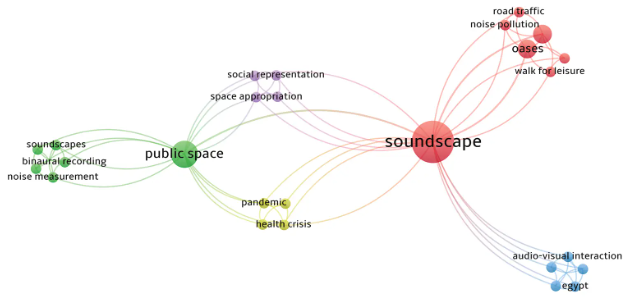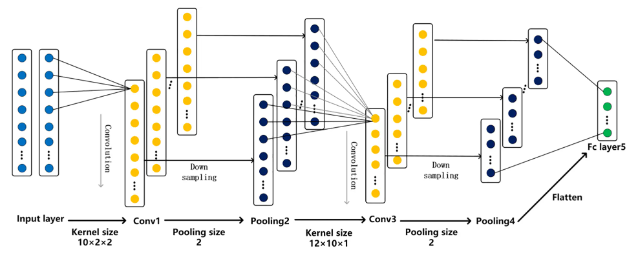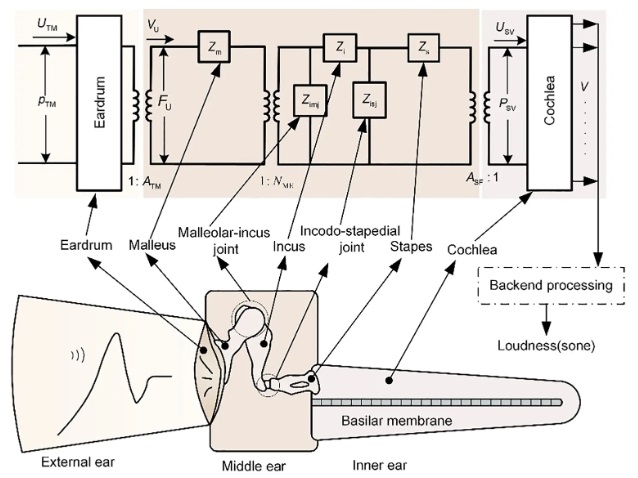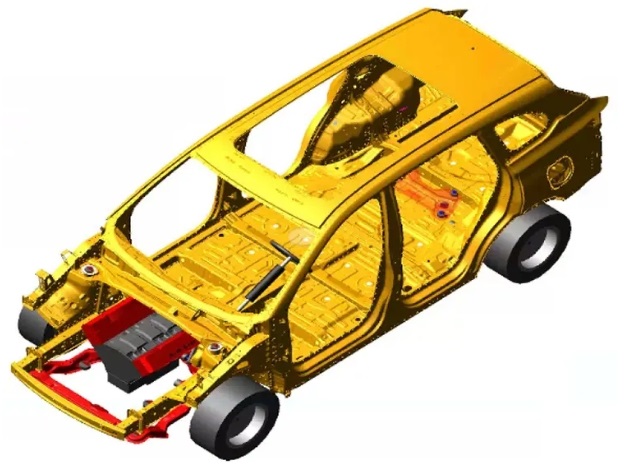Integrating language arts and sound sciences: Enhancing medical and engineering education in the Arab World
Abstract
This paper explores the transformative potential of integrating language arts and sound sciences into medical and engineering education in the Arab world. Interdisciplinary education; a proven catalyst for enhancing creativity; problem-solving; and cultural competency; has been implemented successfully in various global contexts. This paper proposes that adopting similar interdisciplinary approaches in Arab universities can address educational gaps; better prepare students for the challenges of an increasingly complex world; and align with the region’s economic development goals. The discussion includes a review of case studies from Columbia University; Aalborg University; and Finland’s education system; along with recommendations for implementation in the Arab context. Methods for evaluating interdisciplinary success are also outlined, emphasizing the need for both qualitative and quantitative metrics.
References
Abdullah, M. (2020). The future of knowledge economies in the Gulf: Insights for education. Middle East Quarterly, 27(3), 45-60.
Bequette, J. W., & Bequette, M. B. (2018). Creativity in STEM education: Using the arts to leverage STEM learning. Arts Education Policy Review, 119(1), 31-40.
Alsharif, K. (2021). Future of higher education in the Arab world: Challenges and solutions. Middle East Education Review, 12(2), 34-50.
Sahlberg, P. (2011). Finnish lessons: What can the world learn from educational change in Finland? Teachers College Press.
Ali, S. (2021). The role of interdisciplinary education in modern engineering. Global Journal of Engineering and Technology, 29(1), 45-58.
Barghouti, I. A., & Abu Samra, M. (2007). Problems of scientific research in the Arab world. Islamic University Journal (Humanities Studies Series), 15(2).
Charon, R. (2006). Narrative medicine: Honoring the stories of illness. Oxford University Press.
Charon, R., et al. (2017). The impact of narrative medicine on clinical practice. Journal of Clinical Outcomes, 45(3), 123-130.
Davis, T. (2019). The role of storytelling in engineering communication. Journal of Professional Communication, 8(2), 201-215.
Fahmy, Y. (2021). Towards a knowledge-based economy in the Arab world: The role of higher education. Arab Economic Journal, 44(2), 90-112.
Kolmos, A., & de Graaff, E. (2019). Problem-based learning: A research-based method for engineering education. International Journal of Engineering Education, 35(4), 1044-1059.
Betancourt, J. R., Green, A. R., Carrillo, J. E., & Park, E. R. (2005). Cultural competence and health care disparities: Key perspectives and trends. Health Affairs, 24(2), 499-505.
Bucciarelli, L. L. (2003). Engineering philosophy. The MIT Press.
Gershenfeld, N. (2012). How to make almost anything: The digital fabrication revolution. Foreign Affairs, 91(6), 43-57.
Johnson, M., & Taylor, S. (2020). The impact of design thinking on innovation in engineering education. Journal of Innovation in Education, 9(1), 120-130.
Greenhalgh, T. (2005). Narrative based medicine in an evidence-based world. British Medical Journal, 318, 323-325.
Karam, N. (2021). Narrative medicine as a tool for enhancing medical empathy: Insights from the Middle East. Journal of Medical Humanities, 32(1), 102-115.
Kim, K. H., & Zhong, Y. (2020). Culturally relevant pedagogy in engineering education: A global perspective. Journal of Engineering and Technology Management, 55, 23-32.
Kolmos, A., & de Graaff, E. (2019). Problem-based learning: A research-based method for engineering education. International Journal of Engineering Education, 35(4), 1044-1059.
Kolmos, A., et al. (2012). The Aalborg model of problem-based learning in engineering education. Journal of Engineering Education, 101(1), 112-125.
Lee, J. (2020). Global perspectives on problem-based learning. International Journal of Higher Education Pedagogy, 28(4), 65-80.
Martin, A., & Evans, P. (2021). Embracing cultural competency in medical education. Journal of Health Education Research, 38(2), 78-93.
Olsson, C. (2014). Integrating humanities into scientific curriculum: The European model. European Journal of Education, 49(3), 419-430.
Patel, S. (2020). Enhancing employability through interdisciplinary learning: A global study. International Journal of Professional Development, 27(5), 200-215.
Yakman, G. (2010). STEAM: A framework for teaching across the disciplines. Journal of Educational Research and Innovation, 2(1), 20-28.
UAE Centennial 2071. (2019). UAE government strategy for the future. Retrieved from: https://government.ae/en/about-the-uae/uae-centennial-2071
Vision 2030; Saudi Arabia. (2020). National transformation program. Retrieved from: https://www.vision2030.gov.sa/en
Raman, R. (2021). Applying STEAM in engineering education in the 21st century. Journal of Integrated STEM Education, 6(3), 145-159.
Ross, E. (2020). Culturally sensitive engineering practices: A case study. Global Engineering Review, 15(3), 145-160.
Smit, R., & Doyle, B. (2020). Design thinking for engineers: Lessons from the creative industries. Journal of Design and Technology Education, 25(4), 115-124.
Toumi, H. (2021). Building innovation hubs in the Arab world: Challenges and solutions. Journal of Middle Eastern Innovation, 5(2), 65-80.
Copyright (c) 2024 Heba Ahmed Aboukhousa, Belkacem Eljattari

This work is licensed under a Creative Commons Attribution 4.0 International License.









